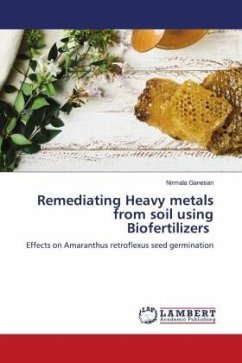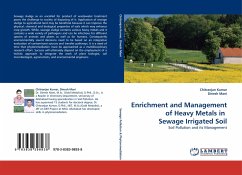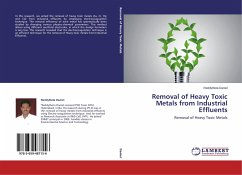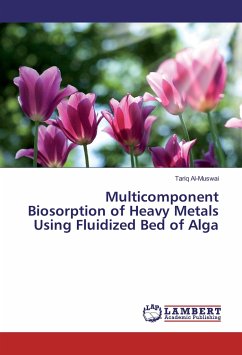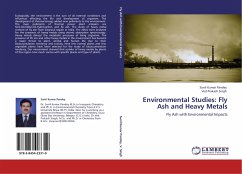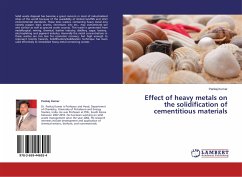Heavy metal contamination is a major issue that pollutes the atmosphere in a variety of ways due to the impact of industries in a number of countries. The best available remedial methods for a variety of heavy metals typically found in polluted soils (lead, chromium, arsenic, zinc, cadmium, copper, mercury, and nickel). Heavy metal pollutants have been removed from the atmosphere using a variety of strategies, including physical, chemical, and biological methods. Soil sample were collected from IllEdu CFRD cucumber growing soil .The present study was conducted to investigate about the remediating heavy metals from soil using Biofertilizers and their effects on Amaranthus seed germination. Various carbon sources, nitrogen sources, temperature and pH are the different parameter which is optimized for the contaminated soil sample. Reduction of extractable metal concentration and phytotoxicity could be evaluated and demonstrated by the feasibility of various biofertilizer in fixing remediation.
Bitte wählen Sie Ihr Anliegen aus.
Rechnungen
Retourenschein anfordern
Bestellstatus
Storno

